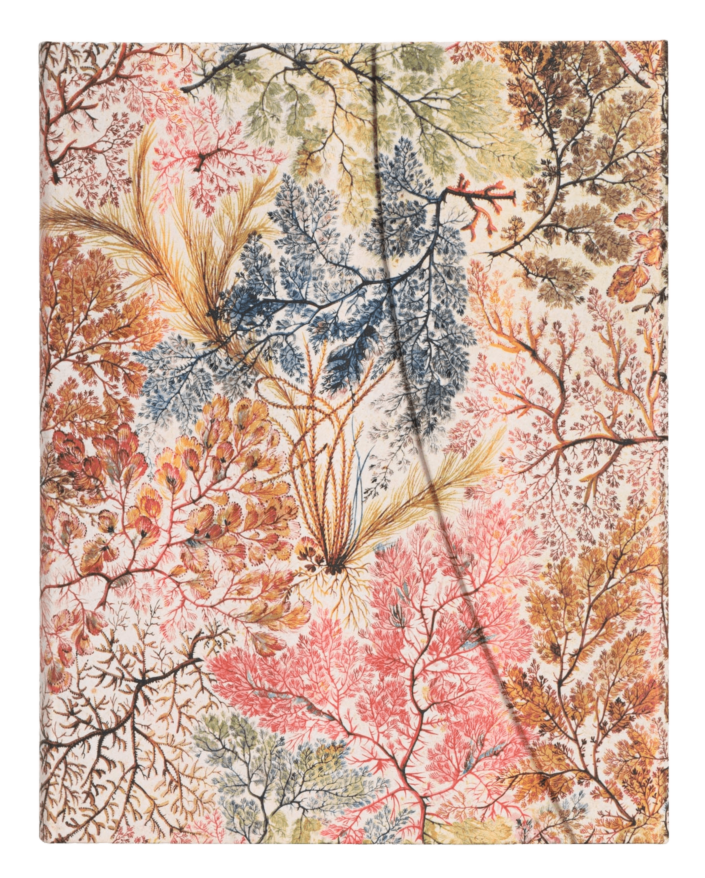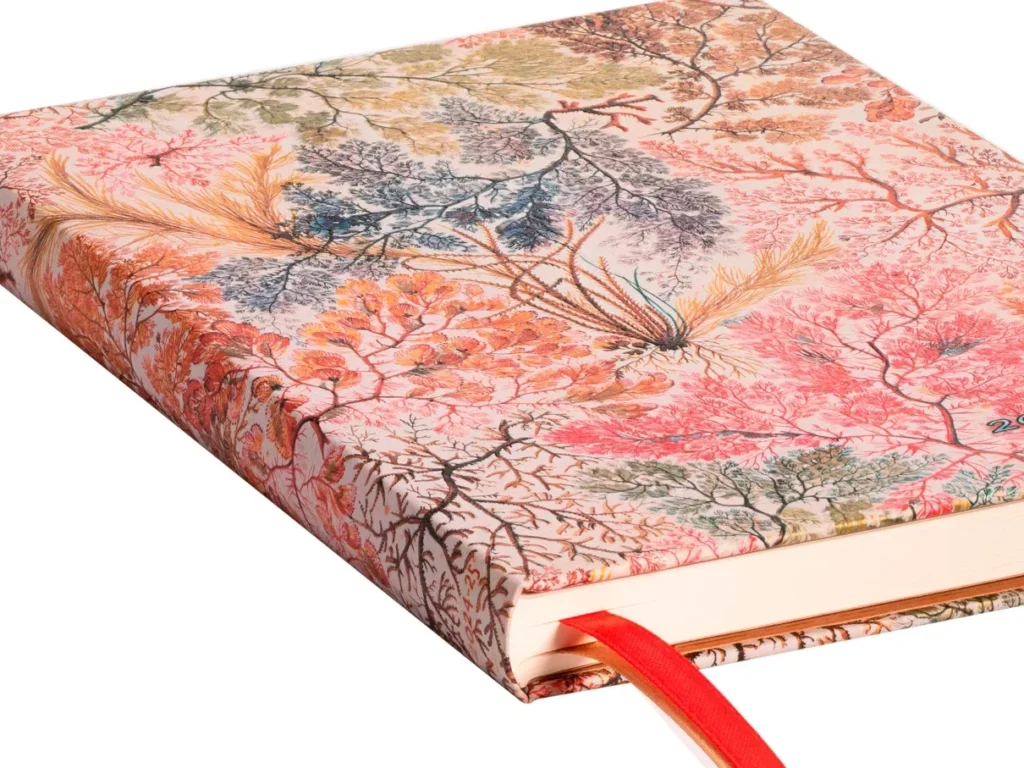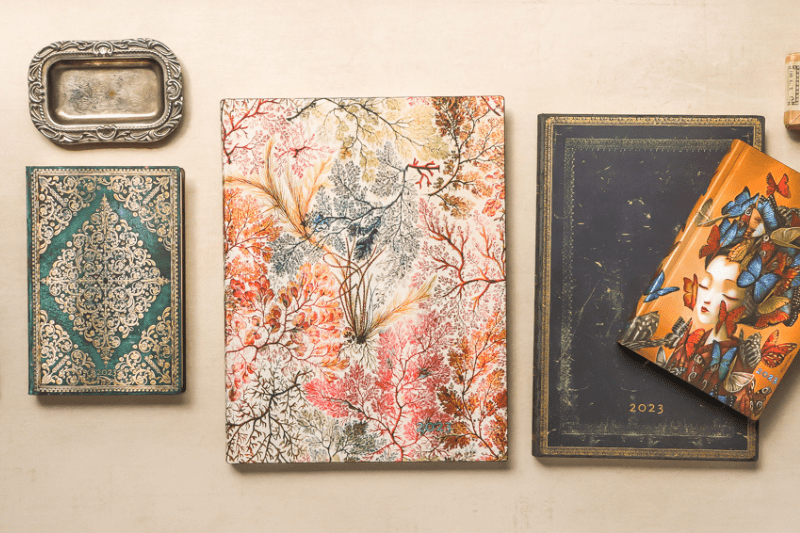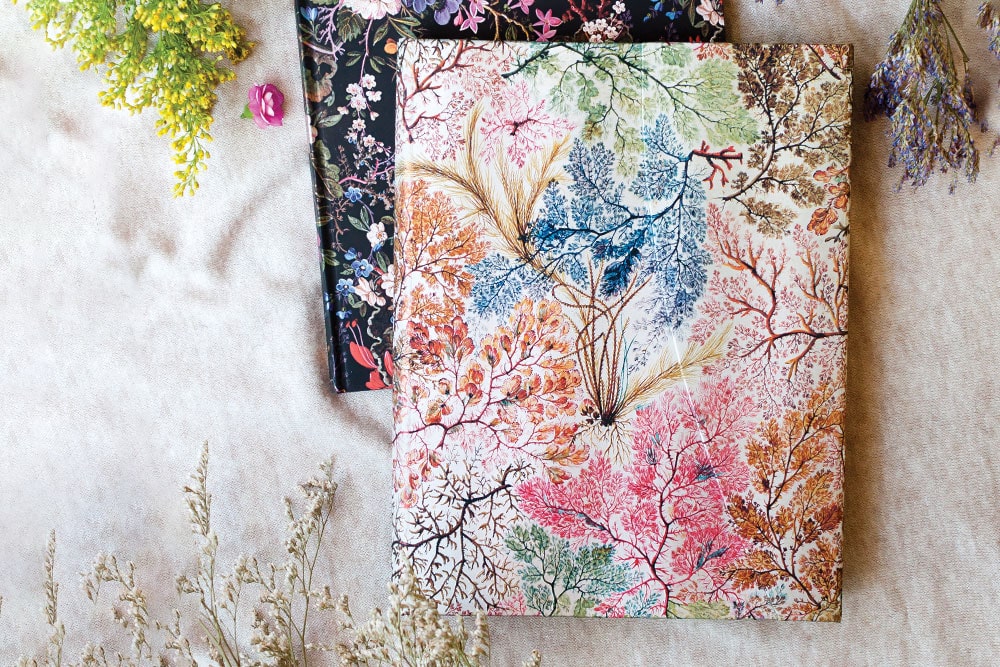Anemone design, Pirates & Copyright Laws
Uncover the fascinating story of William Kilburn, master of the Anemone design, and his battle for copyright protection…
The eternal appeal of a floral design is captured in the botanical art of Irish illustrator William Kilburn. Kilburn (1745–1818) was the artist behind the life-sized watercolours and signed etchings in William Curtis’ 18th-century book on botany Flora Londinensis and also a leading calico designer and printer in his own right.
Similar in style to the work of Arts & Crafts promoter William Morris, Kilburn’s patterns predate Morris’ by nearly a century. Kilburn’s sense of freedom and play is contrasted by Morris’ sharply stylized and closely repeated patterns. His most delicate and revered designs are those that use a seaweed motif, and his unique mix of sea anemone, coral and mosses is on display here. In fact, his seaweed patterns were so desired that after becoming a partner at a textile factory, Kilburn had the opportunity to present one such pattern to Queen Charlotte herself.


From Seaweed to Social Justice: The Enduring Impact of Kilburn’s Art and Advocacy
Like Morris, Kilburn and his work played a significant role in influencing the decorative artists who followed, even during his own lifetime. As his art became more popular it began to be knocked off by lesser artisans and mass production facilities. When he found that his work was being so widely replicated, Kilburn sought to protect his artistic intellectual property. He became an activist for artists’ rights, going to court to protect copyright in the textile industry, paving the way for future textile artists to flourish.
Sadly, despite his best efforts, Kilburn was unsuccessful in stopping the pirates. His designs continued to be imitated and he died bankrupt in 1818. It is our honour to bring this William Kilburn print back to life. The world may not know his name, but we see his influence through modern wallpaper designs, the Arts & Crafts movement and the contemporary copyright laws that protect artists today.
Details about the Anemone
Original Art: Textile design by William Kilburn
Era: late 1700s
Region: England
Brand: Paperblanks
Edge Printing: No
Binding Type: Smyth Sewn
Pouch Type: Memento Pouch
Interior Paper: Smooth










What does anemone means?
An anemone is a marine animal belonging to the phylum Cnidaria, which also includes jellyfish and corals. Anemones are characterized by their sac-like bodies with a central mouth surrounded by tentacles equipped with stinging cells called cnidocytes. These tentacles are used for capturing prey, such as small fish and plankton, as well as for defense against predators. Anemones are typically found attached to rocks or other surfaces on the ocean floor, using a specialized adhesive foot called a basal disc. They come in a variety of colors and sizes, and some species form symbiotic relationships with certain species of fish and other marine organisms.
Image: Giacomo Merculiano (1859–1935) – The Royal Natural History
About the artist
William Kilburn (1745-1818)
Dublin-born William Kilburn was a botanical artist, engraver, and a designer and printer of calico. As a young man he served as an apprentice in a calico-printing factory in Lucan. He then moved to London where he was employed by naturalist William Curtis to make illustrations for Flora Londinensis. – National Gallery of Ireland
William Kilburn is also the artist behind the Floralia design.
About Paperblanks
Paperblanks believe in the power of creativity and the infinite possibilities that start with a blank page. When you connect with a Paperblanks design and the story behind it, you find a trusted space for your thoughts and imagination. Your journal becomes a companion along life’s journey, inspiring you to write, sketch, remember, and dream, as you chronicle what matters most.
